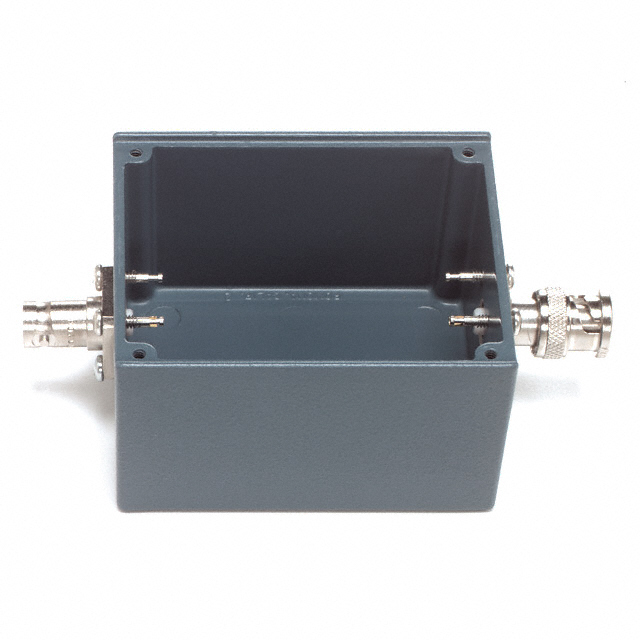Glideforce Series, Solar Cells
Results:
1
Manufacturer
Series
Speed
Operating Temperature
Construction
Ingress Protection
Termination Style
Approval Agency
Voltage - Rated
Type
Accuracy
Load Force (Static)
Feedback Type
Motor Type
Features
Load Force (Dynamic)
Duty Cycle
Stroke Length
Acceleration
Gear Reduction Ratio
Results remaining:1
Applied Filters:
Glideforce
About Solar Cells
Solar cells are specifically engineered to harness solar energy and convert it into electrical energy through the process of photovoltaic conversion. These cells come in various types, including amorphous, monocrystalline, and photovoltaic cells, each with distinct characteristics. Additionally, they exhibit a range of power outputs and sizes/dimensions.
Types of Solar Cells:
Amorphous cells: These solar cells are made from non-crystalline silicon or other thin-film materials. They offer flexibility and can be integrated into curved surfaces or irregular shapes.
Monocrystalline cells: These cells are composed of single-crystal silicon, resulting in high efficiency and uniform appearance. They are widely used in residential and commercial applications.
Photovoltaic cells: This term generally refers to solar cells in general, as all solar cells work on the principle of photovoltaic conversion.
Power Max:
The power output of solar cells is measured in watts (W). The maximum power output varies depending on the specific cell type and technology used. It can range from as low as 7.95µW (microwatts) to as high as 50W (watts). The power output determines the amount of electrical energy the solar cell can produce under optimal conditions.
Size/Dimension:
Solar cells come in a range of sizes and dimensions, which can impact their physical footprint and suitability for different applications. The size of solar cells is typically described using length (L), width (W), and height (H) measurements. The dimensions can vary significantly, from small cells measuring 0.193" L x 0.154" W x 0.061" H (4.90mm x 3.90mm x 1.55mm) to larger panels measuring 29.300" L x 27.800" W x 1.417" H (744.00mm x 706.00mm x 36.00mm).
In summary, solar cells are designed to convert solar energy into electrical energy through photovoltaic conversion. They come in different types, including amorphous, monocrystalline, and photovoltaic cells. The power output of solar cells can range from 7.95µW to 50W, and their sizes/dimensions vary from small compact cells to larger panels suitable for various applications. These diverse options allow for flexibility and adaptability when integrating solar cells into different solar power systems.

